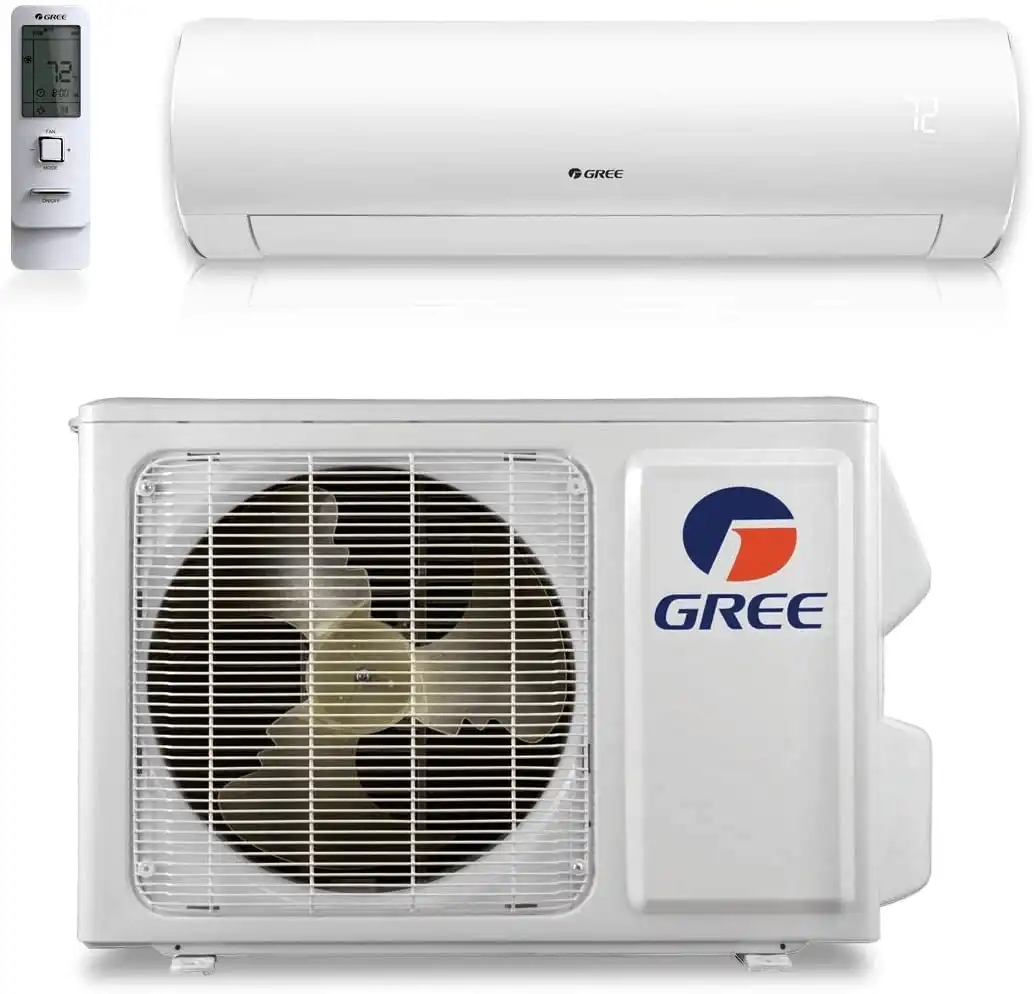
What Does Dry Mode Do on Mini-Split Air Conditioners: Complete HVAC Guide
As an HVAC contractor, understanding every feature of the systems you install is crucial for client satisfaction and optimal performance. One question that frequently comes up regarding mini-split systems is: what does dry mean on air conditioner units? GREE's dry mode is a feature that many contractors and clients don't fully understand, yet it offers benefits for humidity control and energy efficiency.
What Does Dry Mean on Air Conditioner Temperature Settings?
When clients ask about dry mode on air conditioner systems, the temperature setting function is often the most confusing aspect. In dry mode, the temperature setting is what it uses to determine what temperature it should be running at, just like cooling mode.
The mini-split dry mode does everything it can not to exceed the set point that you provided. If you drop the set point down to 68 degrees, your space might get down to 68 degrees - depends on what your load is, depending on the amount of capacity that unit was originally designed to do.
If you want to just make it a little bit drier in the space, not necessarily much colder, use the dry mode.
How Does Mini-Split Dry Mode Work: Low Capacity Cooling Process
Understanding how does dry mode work requires grasping the operational approach. It does cooling mode but at a very slow, very low capacity style cooling mode.
The system performs cooling but at very low capacity. This approach focuses on making the space drier without making it much colder.
Does Dry Mode Use Less Electricity Than Standard Cooling?
One aspect of does dry mode use less electricity is the energy savings through operational changes.
It makes the fan speed run slower, therefore keeping the coil temperature cold. This slower fan operation maintains the cold coil temperature.
This also makes the compressor run at a lower capacity, lower hertz, lower amp draw, saving energy. For contractors discussing is dry mode more efficient with clients, this means energy savings through reduced electrical demand.
When Should HVAC Contractors Recommend Mini-Split Dehumidifier Mode?
HVAC contractors see mini-split dehumidifier mode used a lot in the spring and fall. As stated in the video, "we see dry mode used a lot in the spring and fall."
This timing makes sense when you want to make the space drier without much cooling, which is exactly what these transitional seasons often require.
GREE Dry Mode: Professional Installation and Training Resources
As HVAC contractors, your expertise extends beyond installation to ongoing client support and education. Understanding what does dry mode do on mini-split systems allows you to provide comprehensive service and maximize client satisfaction with their investment.
When installing systems with split ac dehumidifier capabilities, ensure clients understand the seasonal applications and energy benefits of dry mode. This education helps prevent service calls and improves overall system utilization.
The energy efficiency benefits of mini-split ac dehumidifier operation make it an excellent selling point for environmentally conscious clients or those in regions with high electricity costs. The combination of effective humidity control and reduced energy consumption positions GREE systems as premium solutions in the market.
For contractors looking to expand their expertise with GREE products, the company offers comprehensive training resources and support. Understanding features like dry mode positions you as a knowledgeable professional who can optimize system performance for diverse client needs.
GREE's commitment to contractor support includes detailed technical documentation, training programs, and ongoing assistance to ensure you can deliver the ultimate climate control experience to your clients. With your professional expertise and GREE's innovative solutions like dry mode, you can provide comprehensive comfort solutions that address both temperature and humidity concerns efficiently and cost-effectively.




